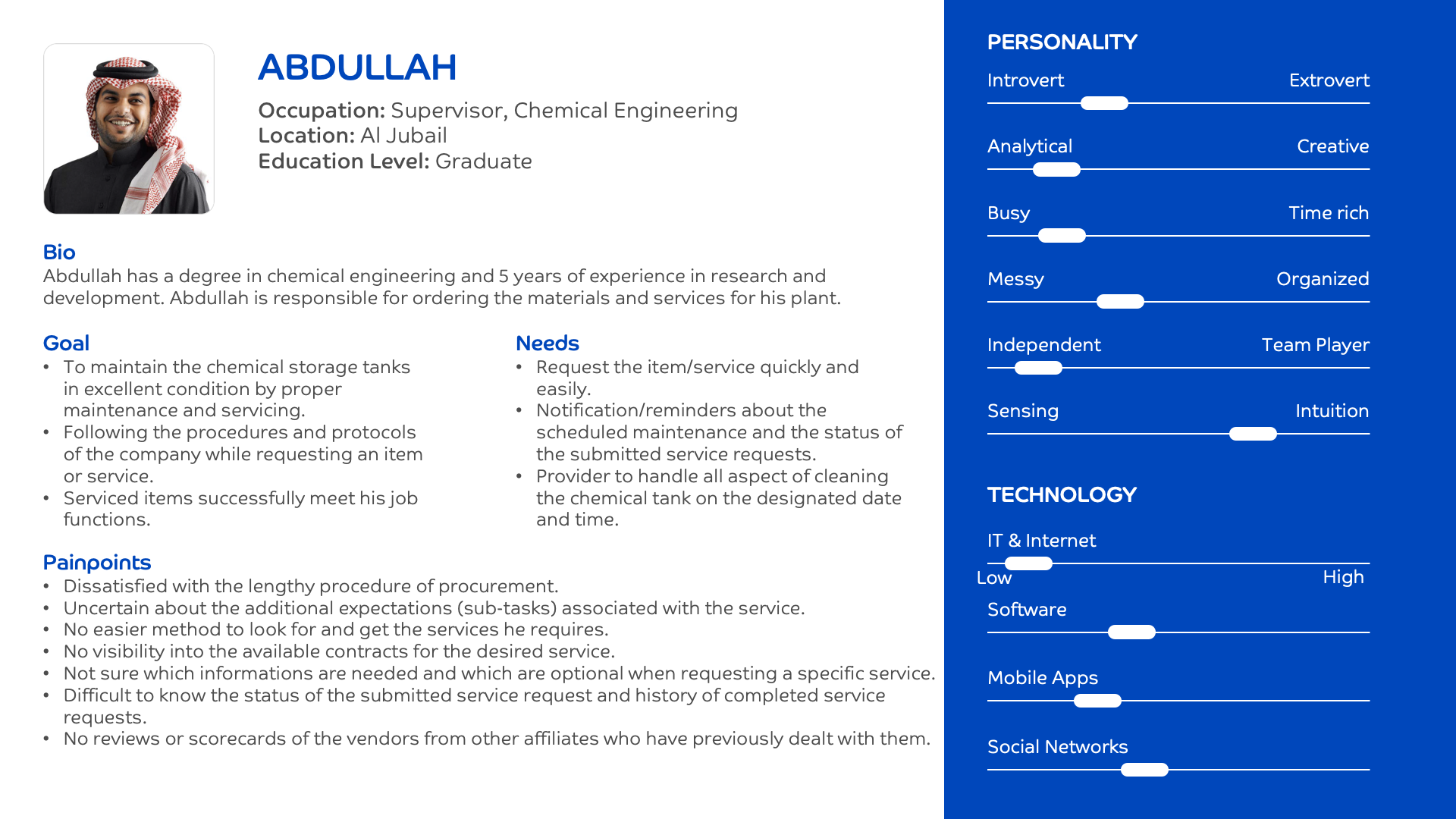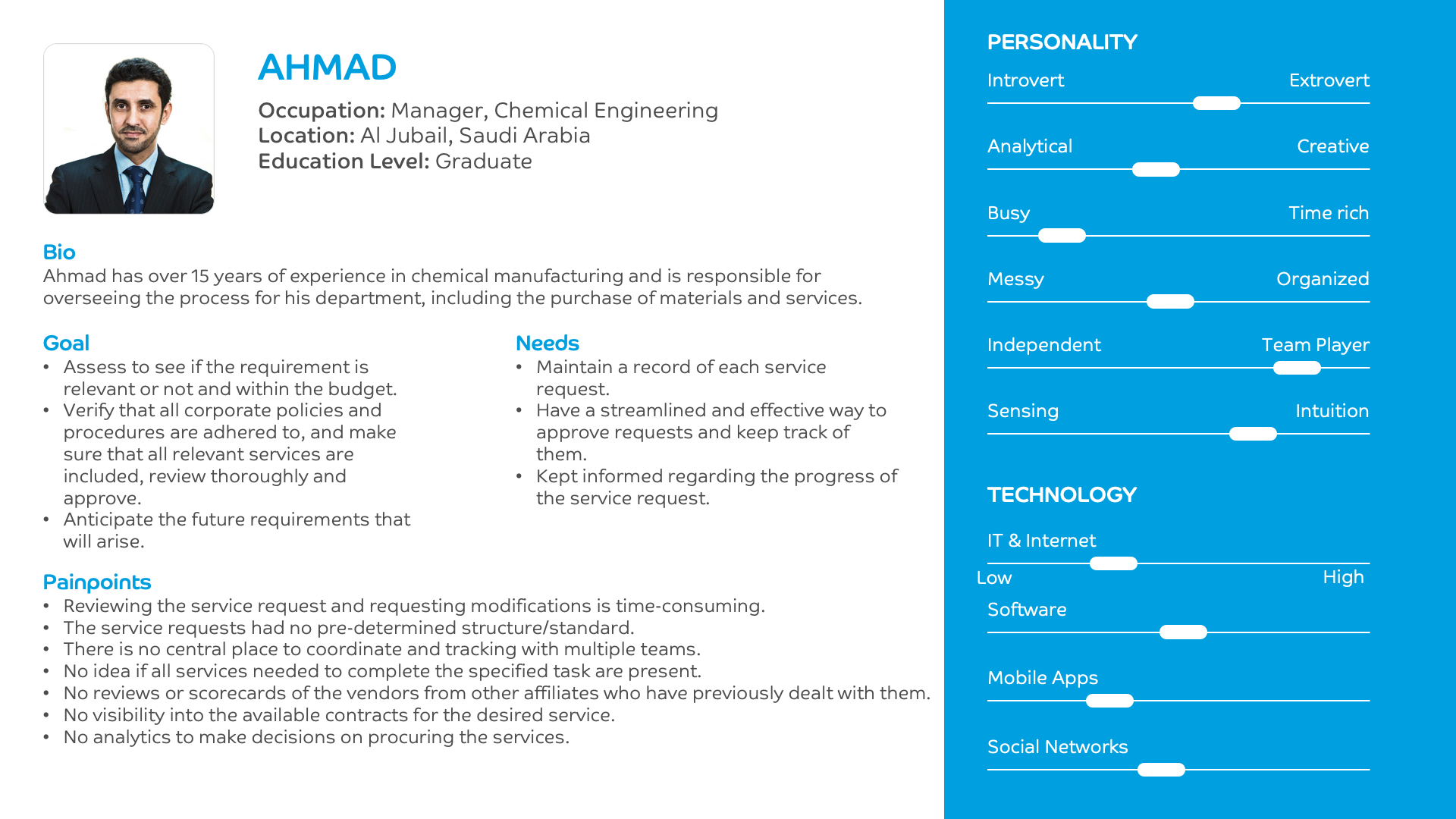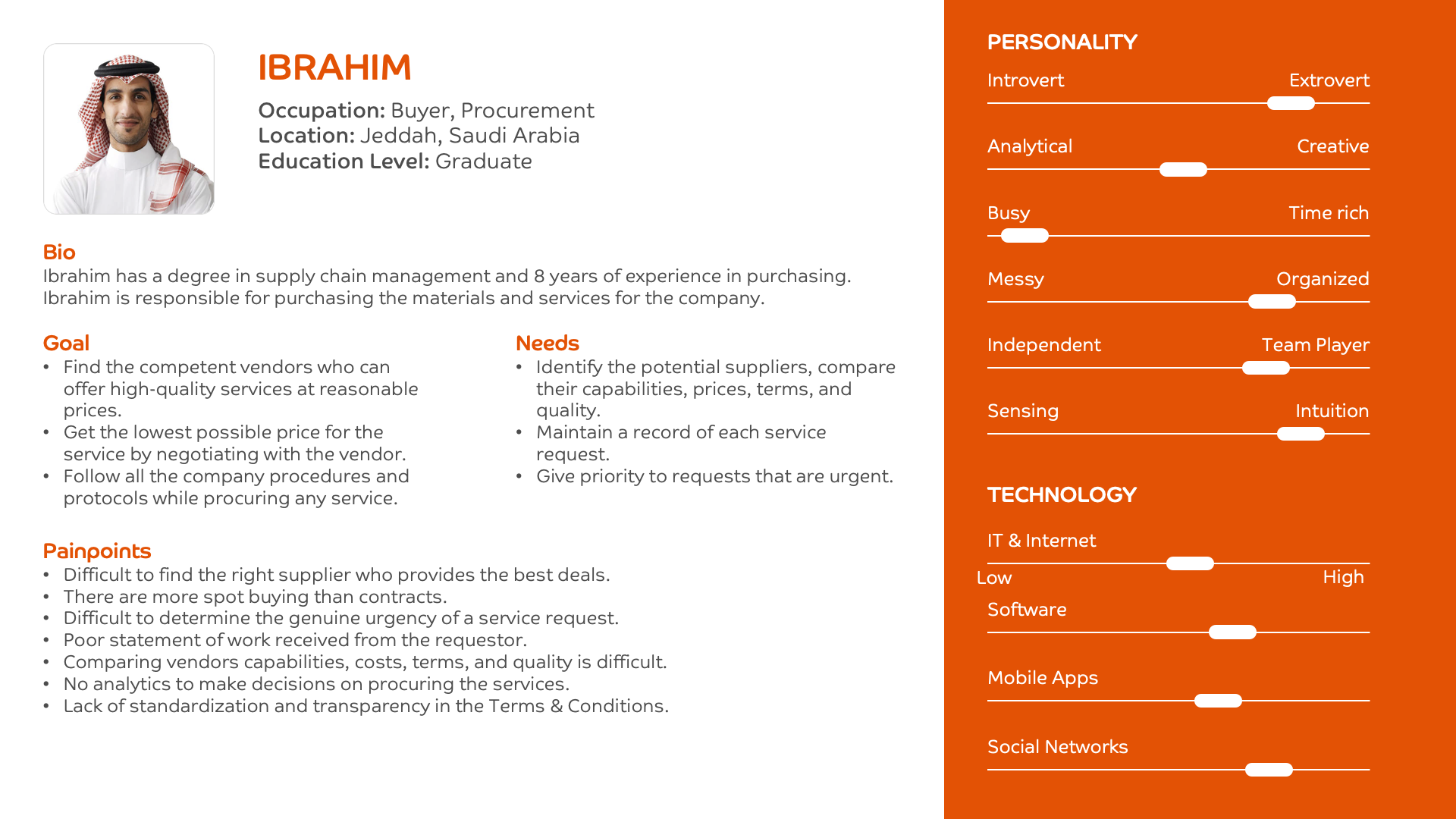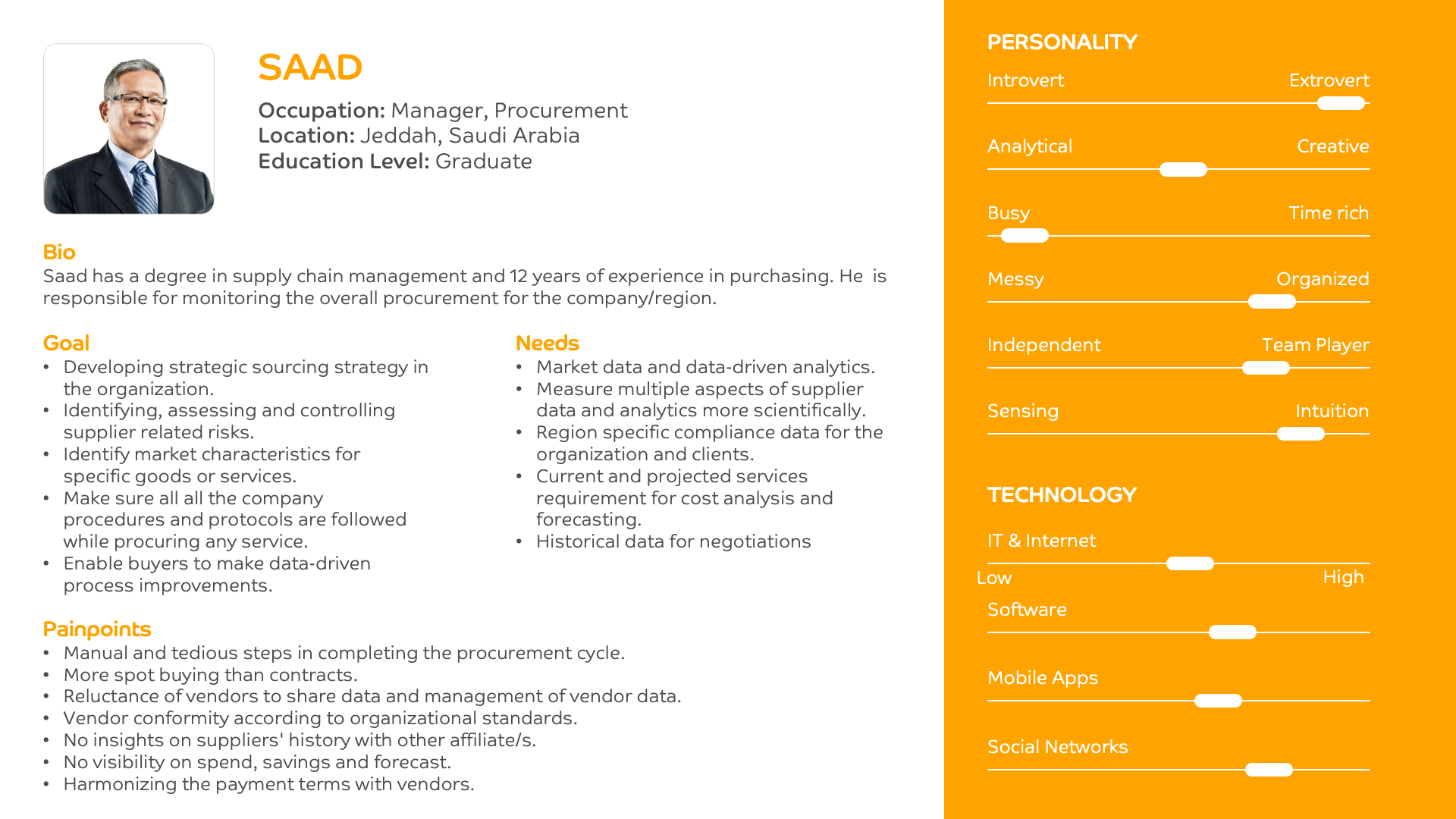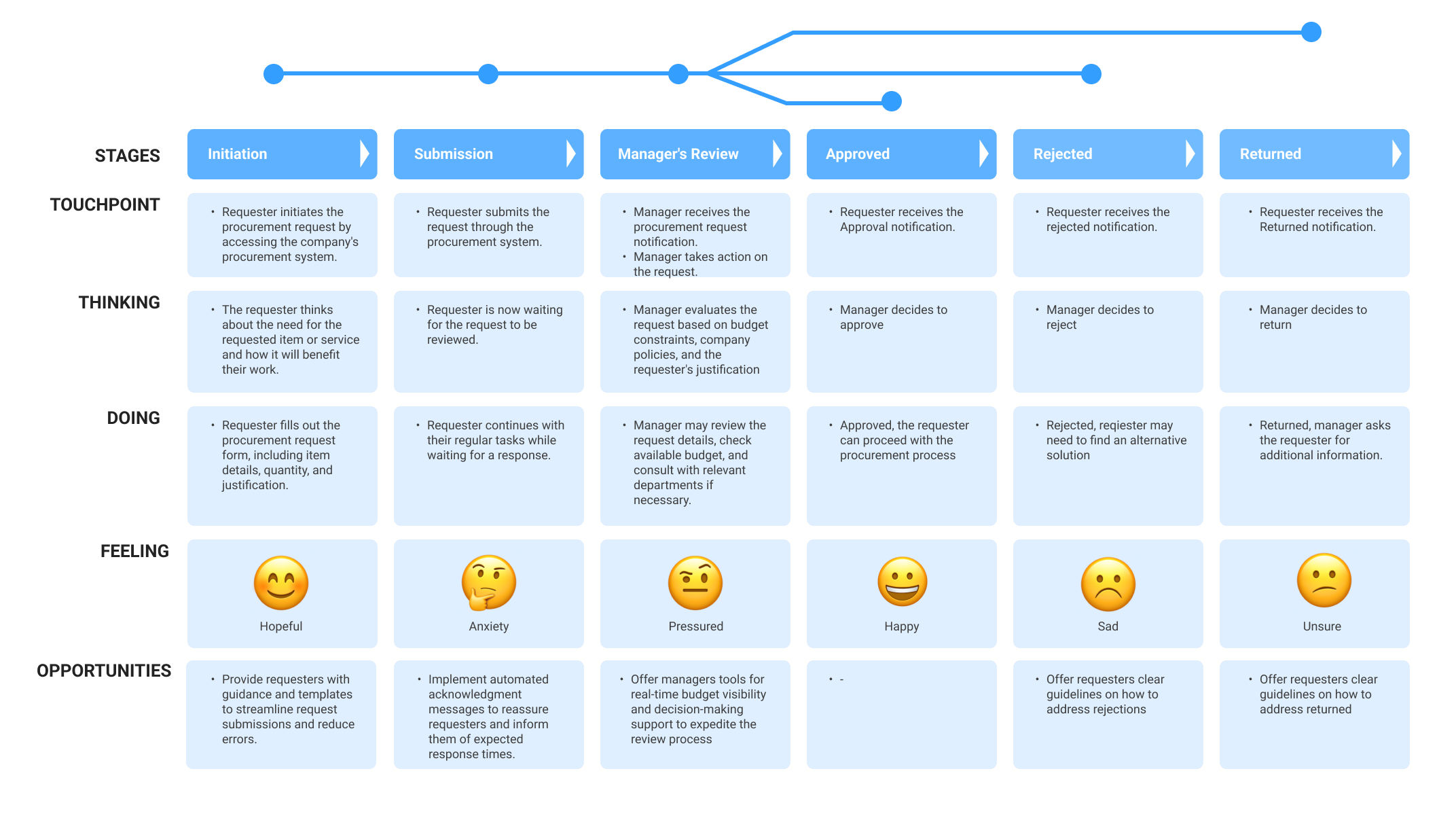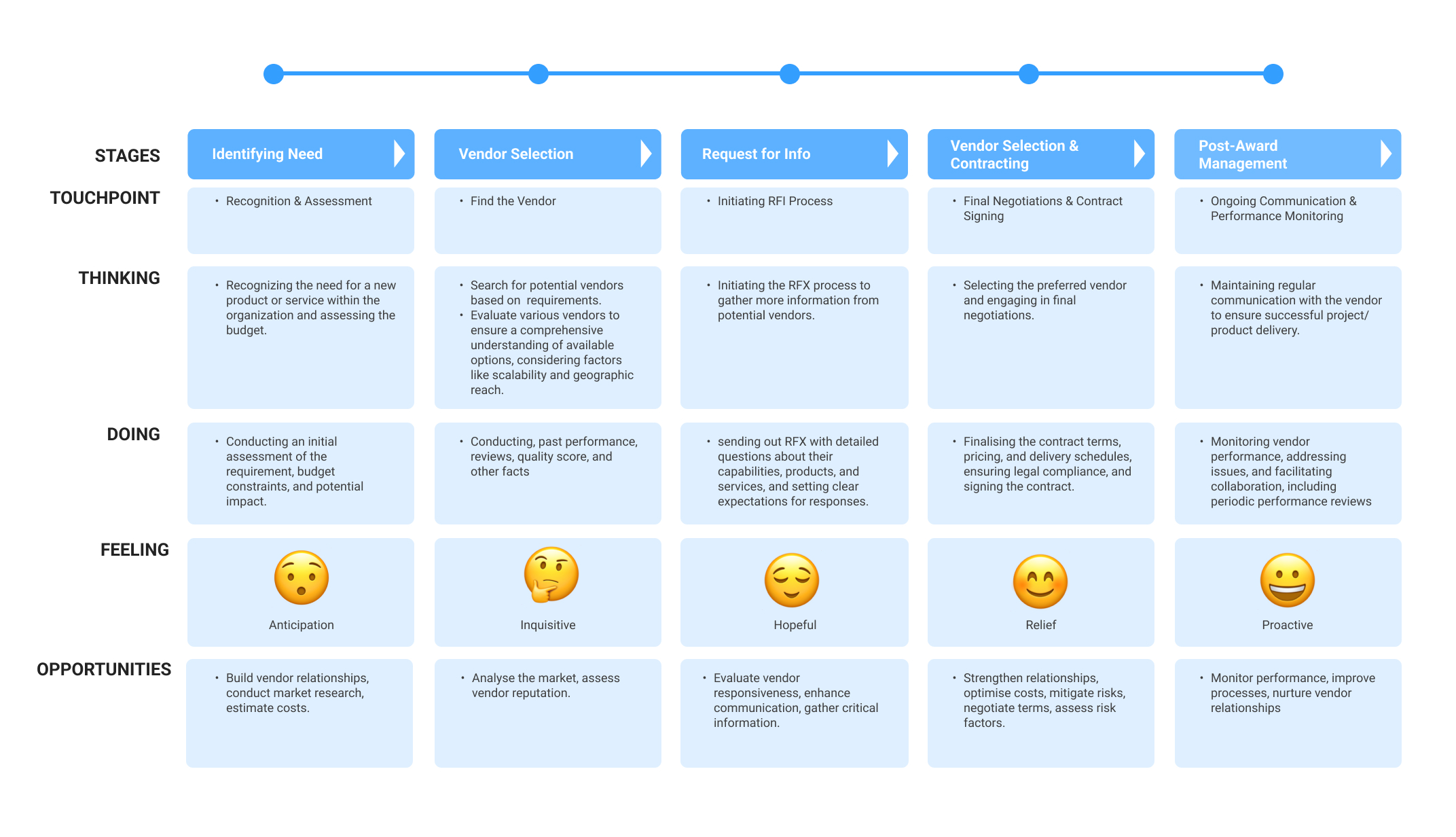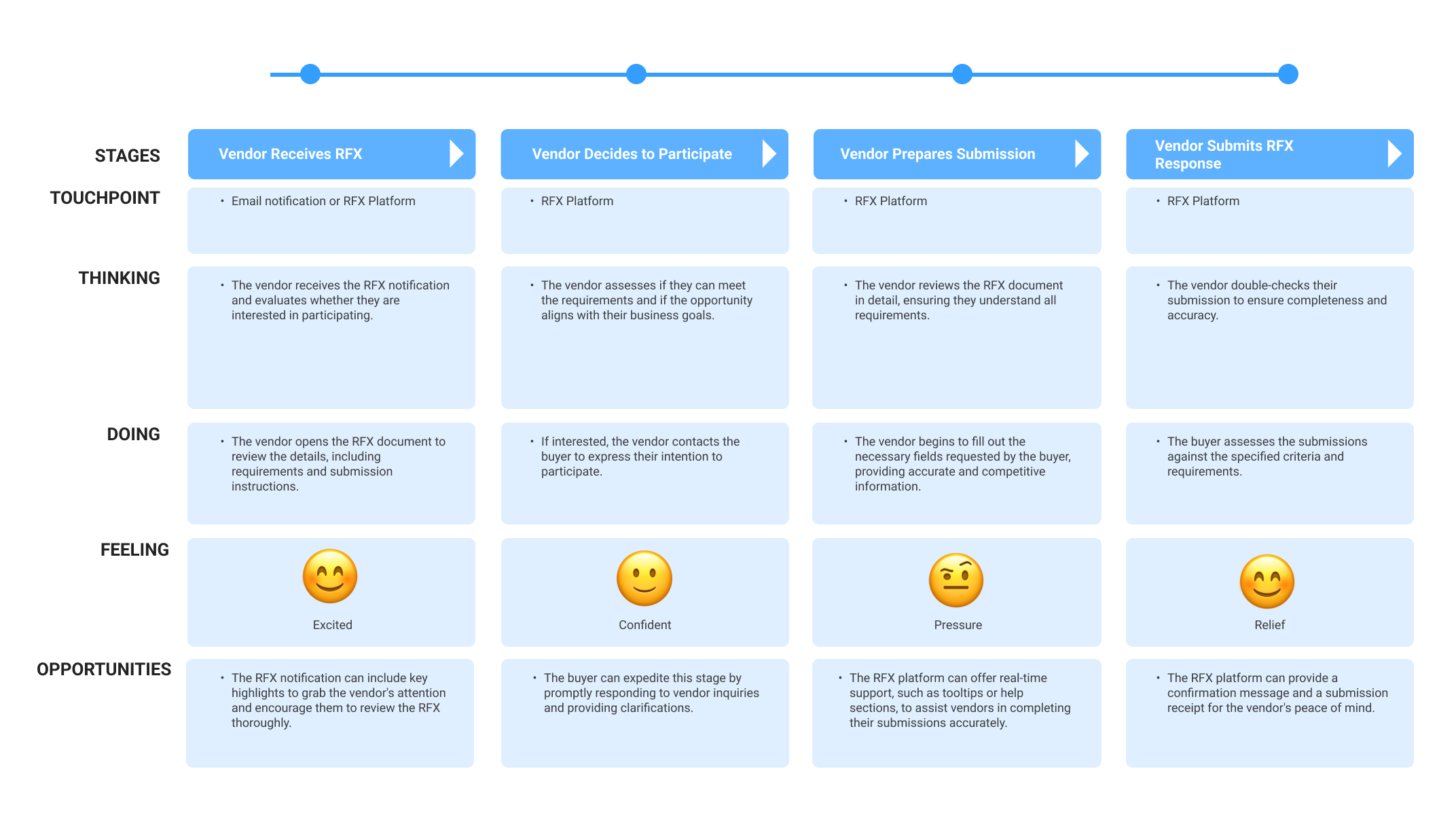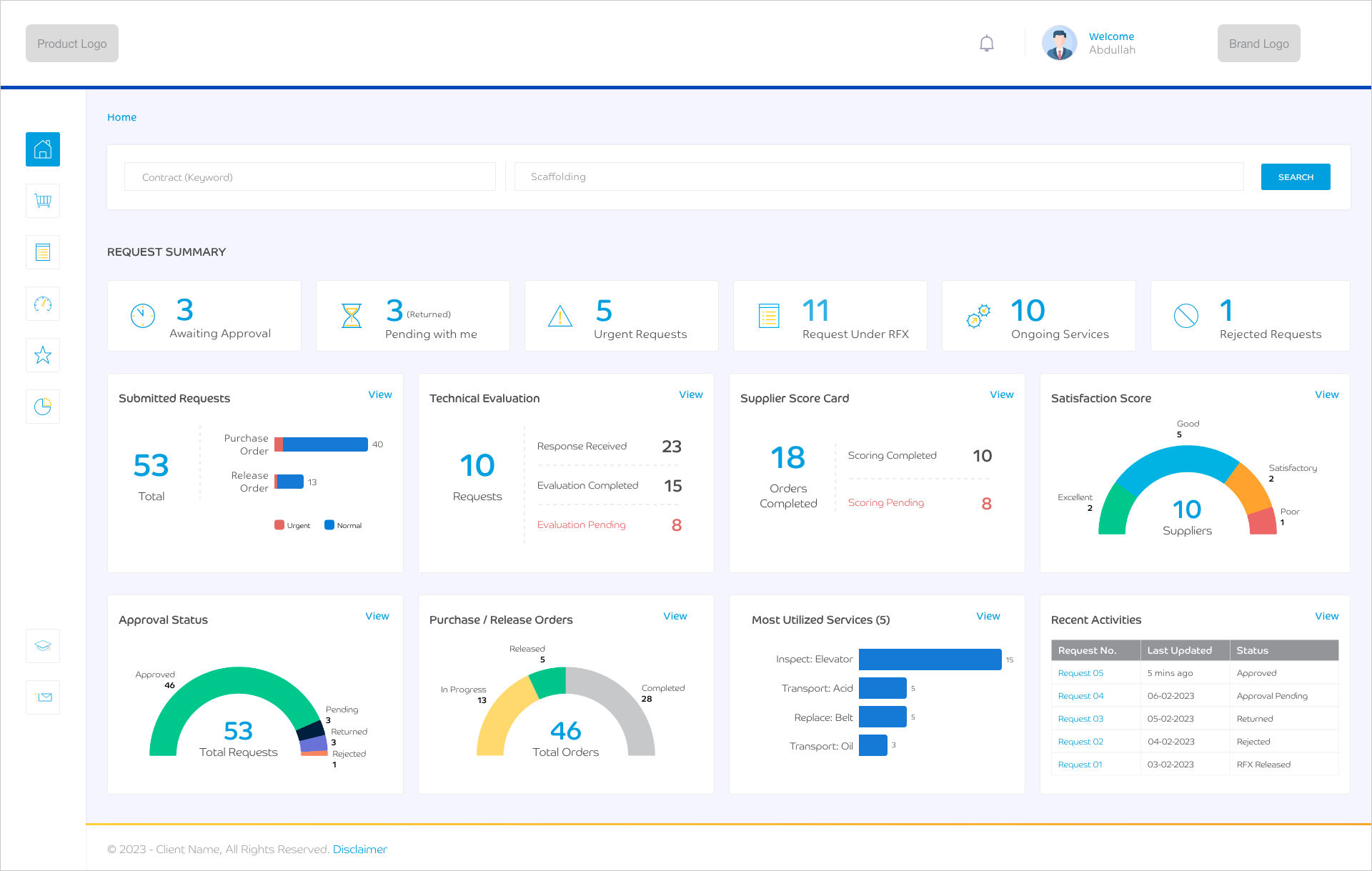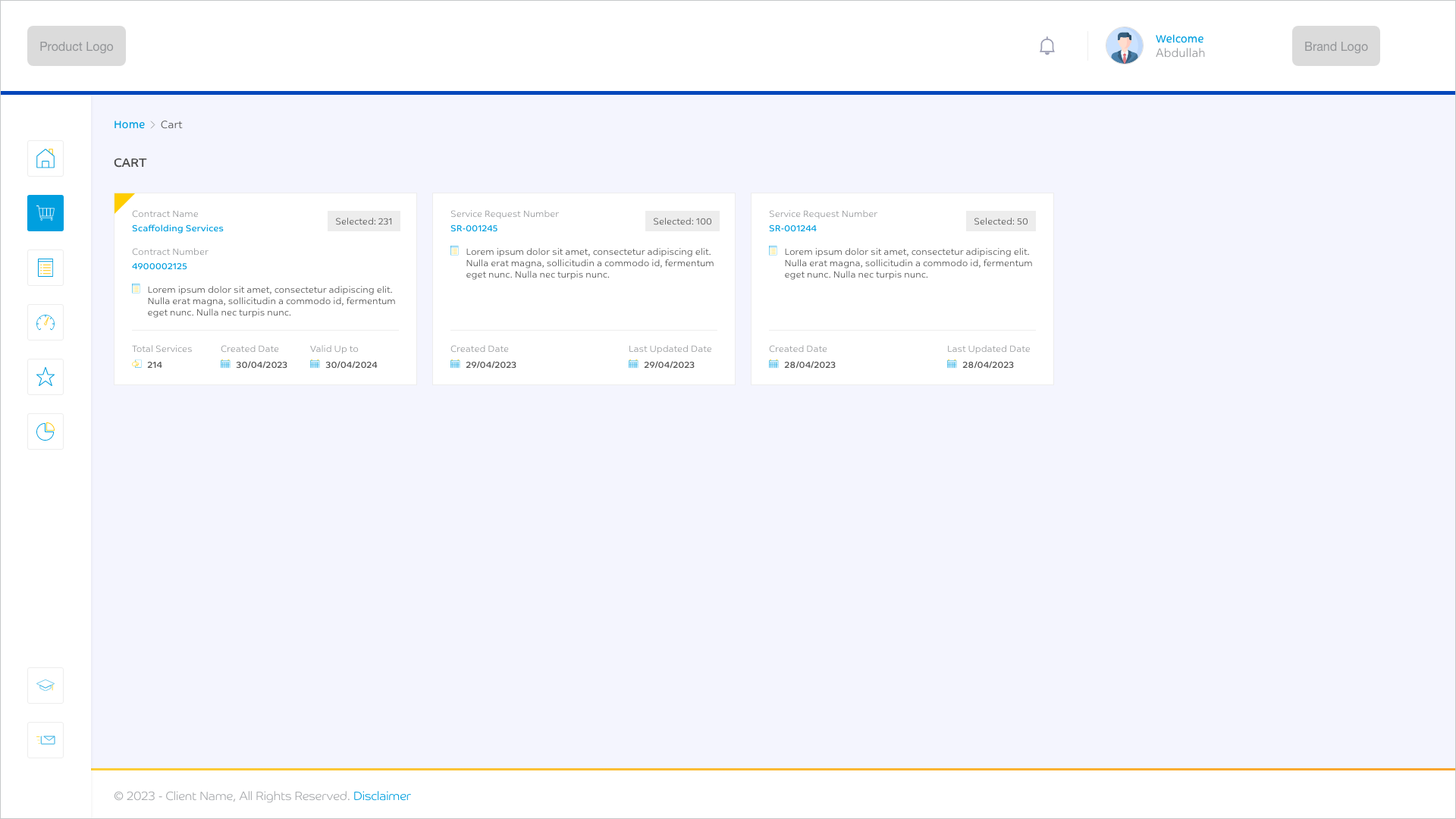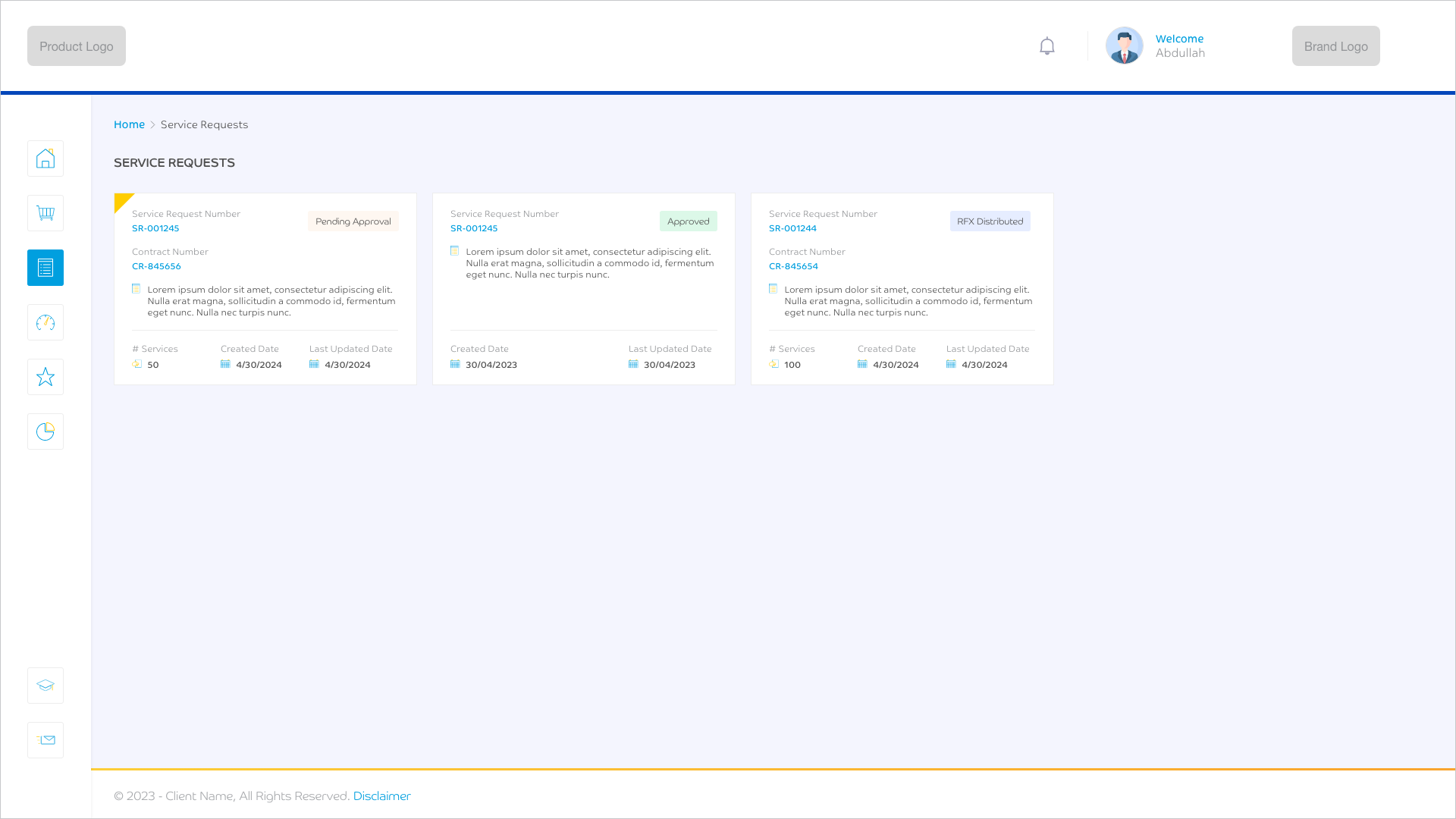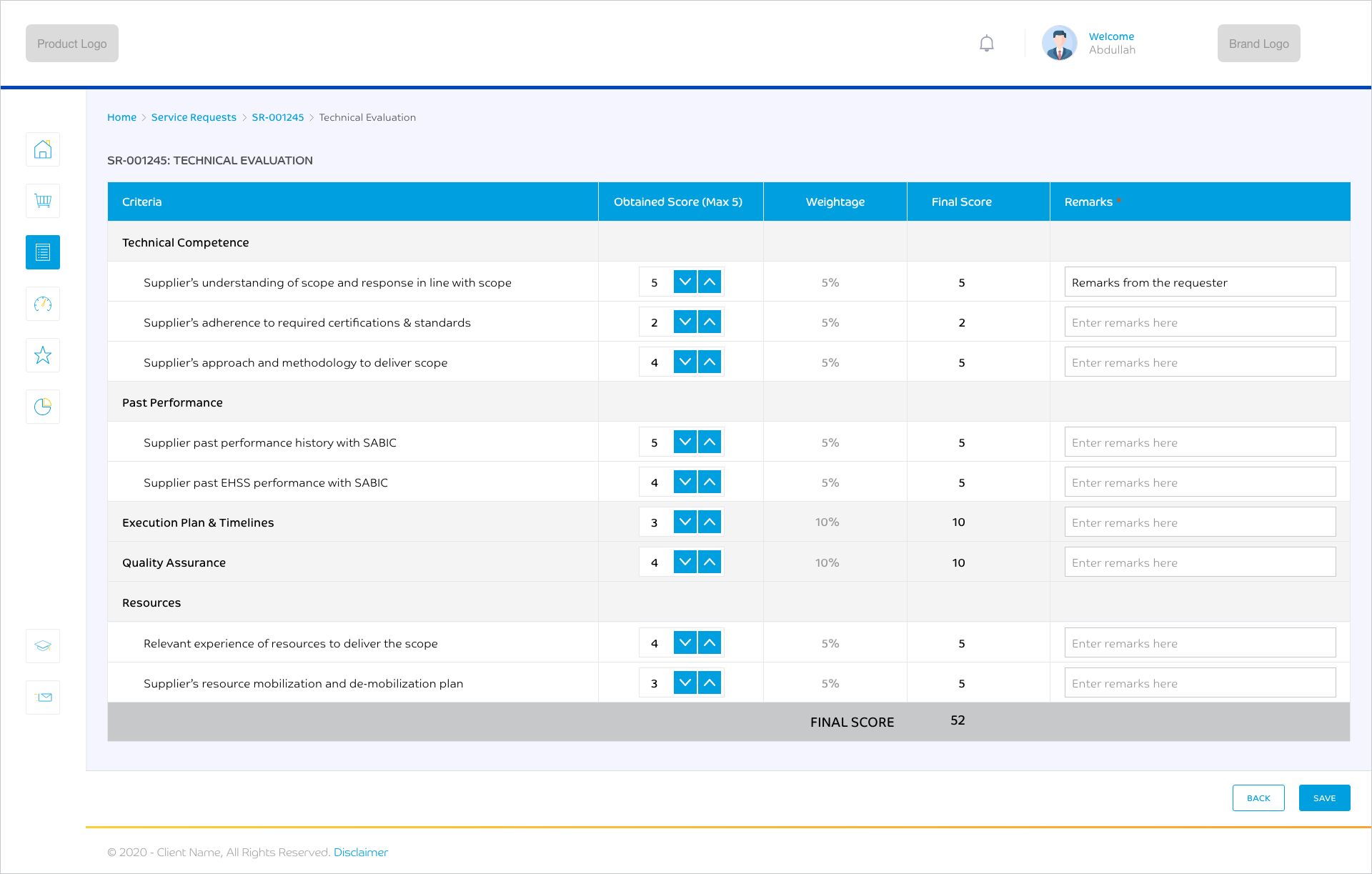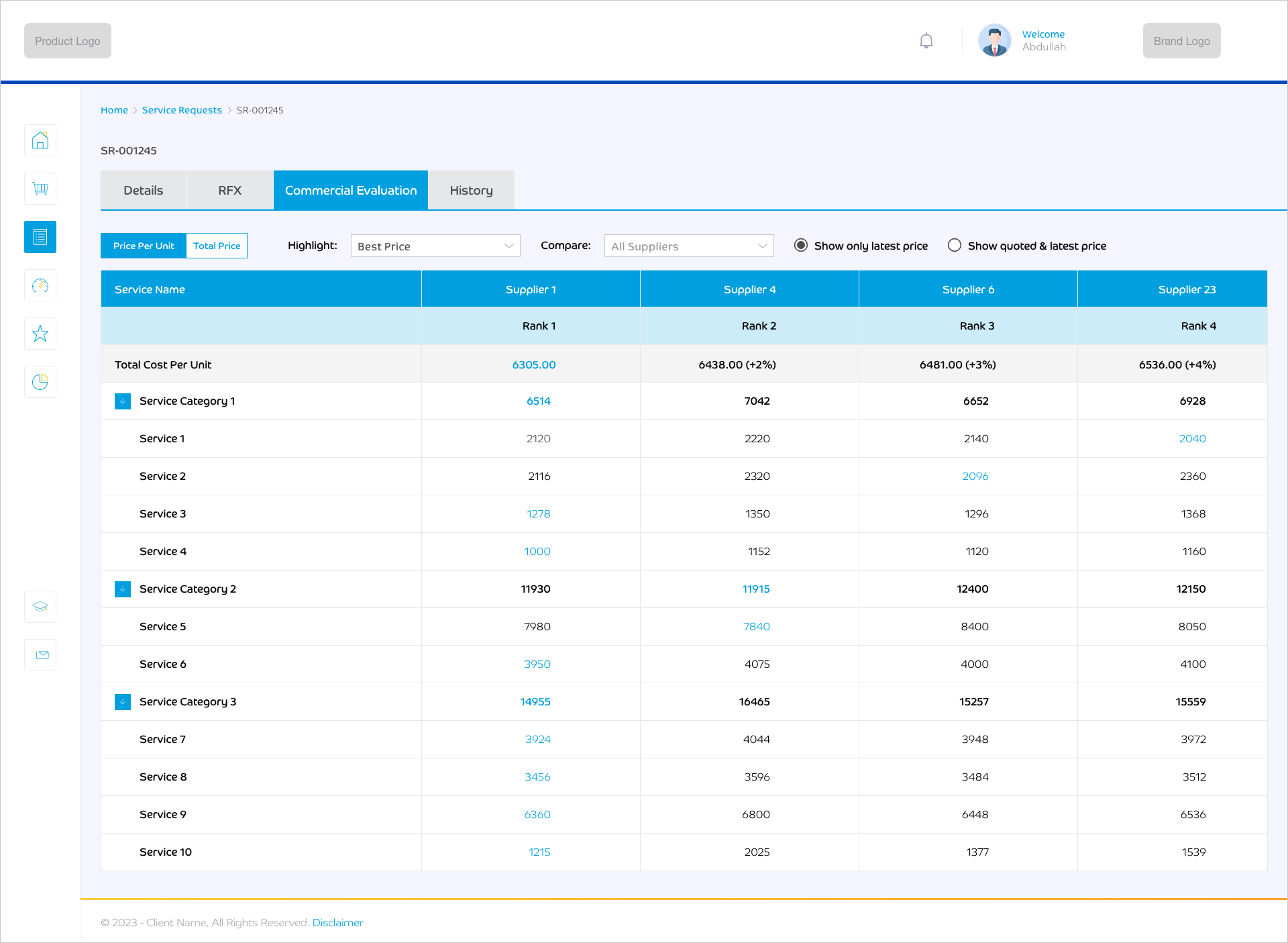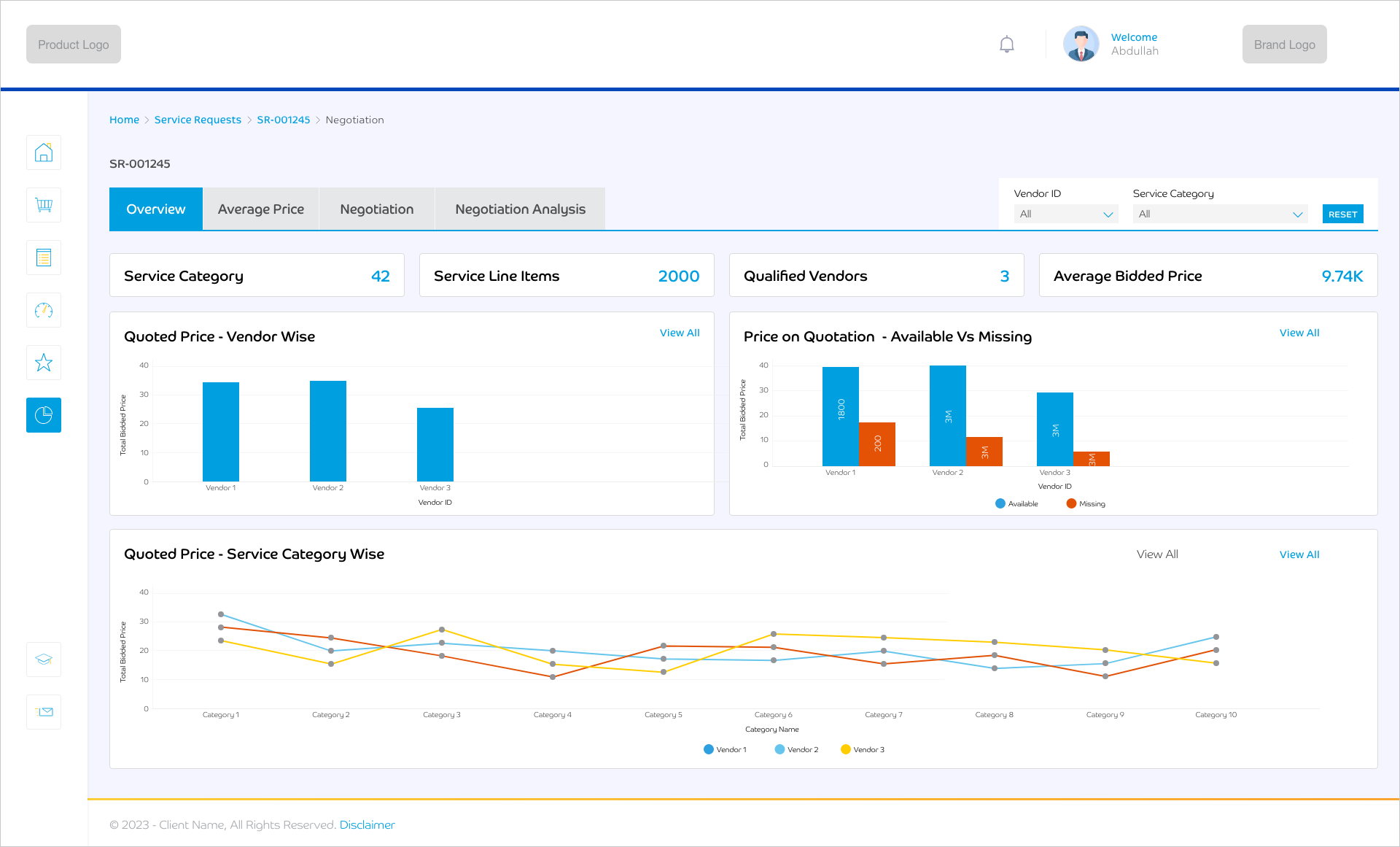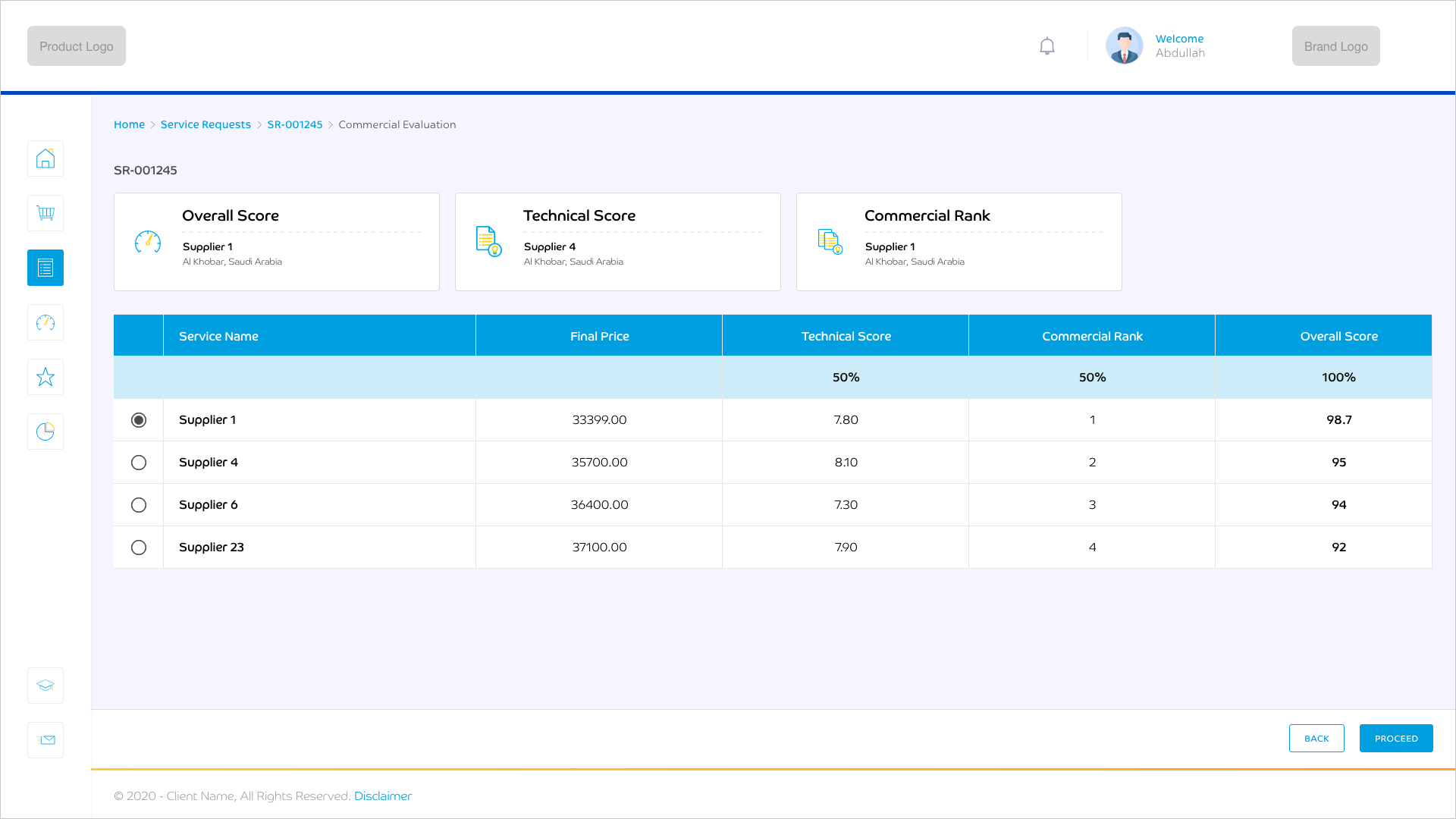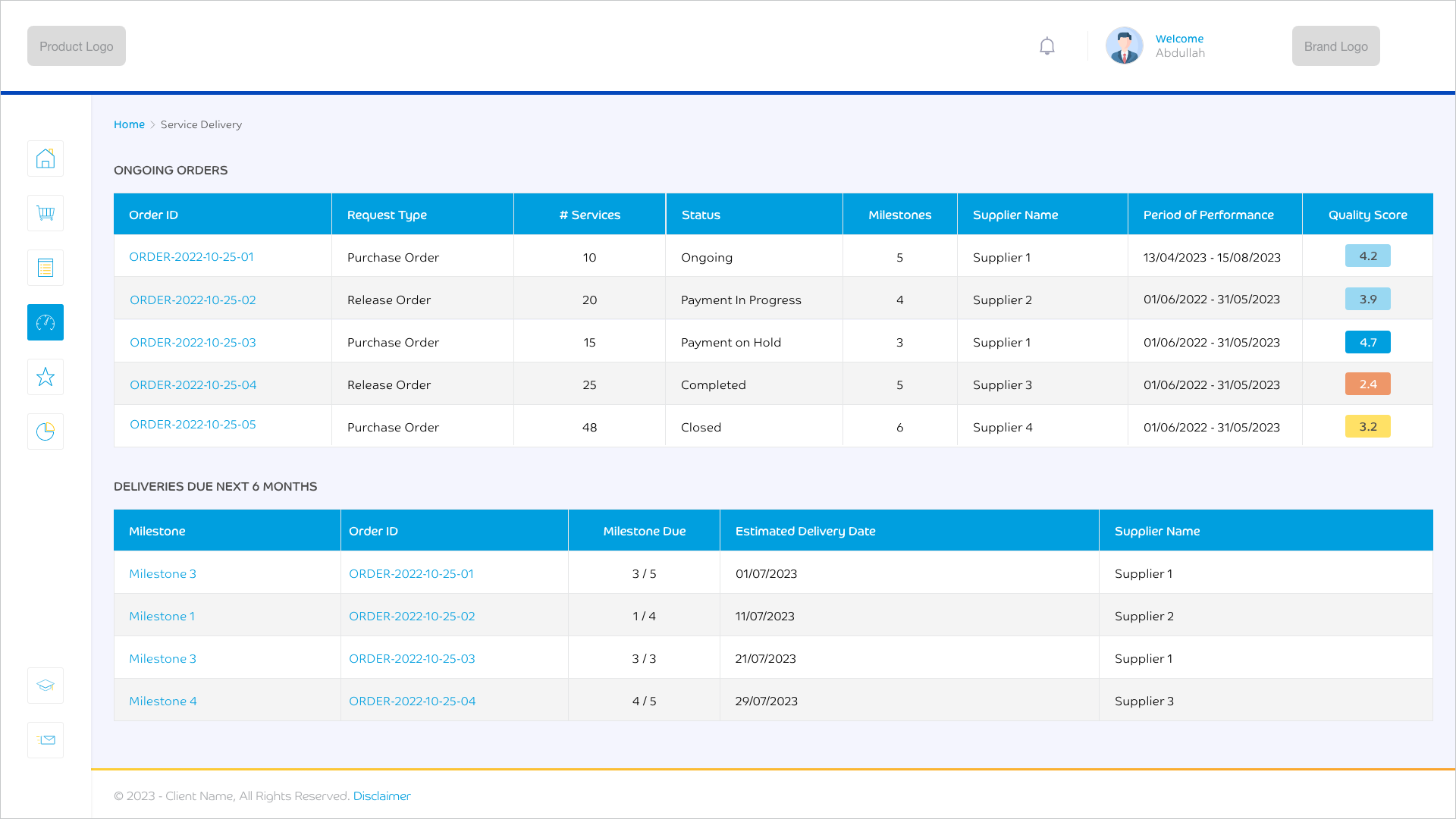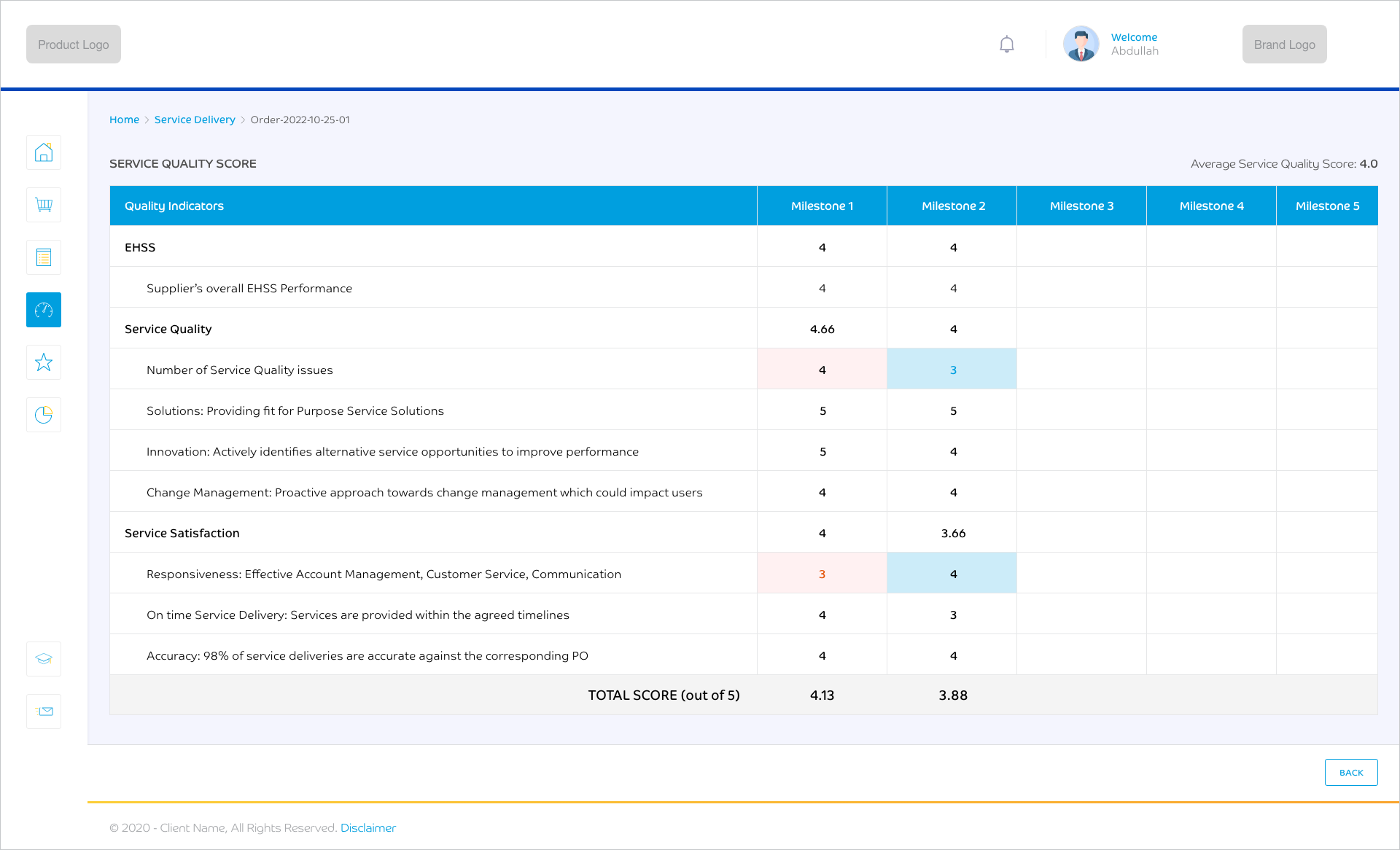Project Background
Our client is a leading global petrochemical manufacturer that relies on a diverse range of raw materials, products, and services to sustain its operations. To ensure a steady supply, the organization collaborates with multiple vendors, often sourcing similar items from more than one supplier. Procurement agreements are established in advance and typically span a set duration—such as a month, quarter, or year. As agreements near expiration, or when new requirements arise, the client initiates a Request for X (RFX) process among vendors to secure new contracts. The goal is to select the most suitable proposal and maintain a smooth, uninterrupted supply chain.
Current Challenges
- Limited Visibility: Once a procurement request is raised, it typically goes through the process via email, and requesters lack visibility into the whereabouts of their request and its current status.
- Inefficiencies: Current procurement processes are largely manual, leading to inefficiencies in managing requests, approvals, and vendor interactions.
- Lack of Standardization: There is a lack of standardized procedures, making it challenging to ensure consistency and compliance across all procurement activities.
- Errors and Delays: Manual processes often lead to errors, delays, and missed opportunities for cost savings.
- Compliance Issues: The absence of standardized procedures increases the risk of compliance issues, which can have legal and financial implications.
- Supplier Relationship Challenges: Inefficiencies in procurement hinder our ability to build and maintain optimal supplier relationships.
- Cost Control: Manual processes make it difficult to effectively control costs, potentially leading to overspending.
- Market Responsiveness: The current process lacks agility in responding to market changes and emerging opportunities.
My Role
As the Product Owner & UX Architect, I guided the project from initial research through to final delivery, working collaboratively across teams and stakeholders:
- Championed user research by initiating and conducting stakeholder interviews, process mapping, and user journey workshops to uncover critical pain points.
- Synthesized insights from research data, developing personas and journey maps that guided the design direction.
- Led ideation and brainstorming sessions, driving collaboration across cross-functional teams including technical architects, developers, and procurement specialists.
- Facilitated stakeholder engagement through workshops, feedback sessions, and presentations, ensuring alignment with business objectives and user needs.
- Directed the creation of wireframes and interactive prototypes, organizing usability testing and iterating designs based on user feedback.
- Orchestrated design reviews with diverse team members, fostering open discussion and collaborative problem-solving.
- Maintained transparent communication channels, consistently sharing progress updates and gathering feedback throughout the project lifecycle.
- Delivered a streamlined, user-centered procurement portal that significantly improved process efficiency, transparency, and user satisfaction for both the client and their suppliers.
Approach & Guiding Principles
My approach focused on deeply understanding user needs and simplifying complex procurement workflows. I prioritized user-centered design, iterative prototyping, and continuous feedback to ensure the solution was intuitive and effective.
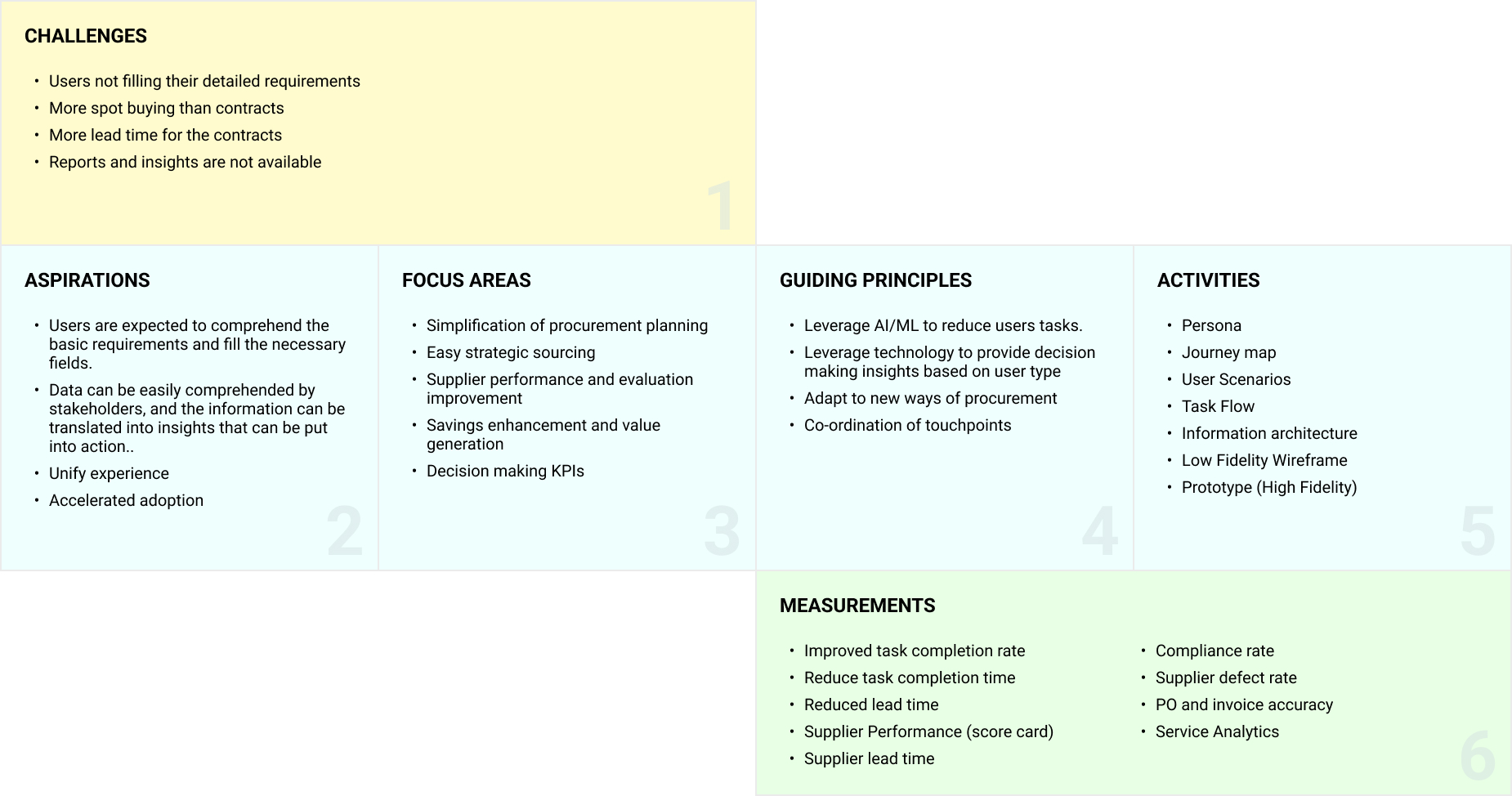
Design Process

Problem Analysis
- Time-Consuming: The current process is slow, leading to delays and reduced efficiency.
- Complex Workflow: The process is overly complicated, causing confusion and errors.
- Tool Overload: Multiple tools like email, Excel, messaging, and calls are used, creating fragmentation.
- Data Disarray: Data is scattered across platforms, impeding access and analysis.
First, we need to simplify and clean up the Procurement System before trying to speed it up. I plan to remove the unnecessary steps that slow people down and make the process smoother. Right now, information is scattered across too many tools, which creates confusion and delays. I’m working on building one unified solution where manufacturers and suppliers can handle everything in one place, without hassle. That way, we’re not just moving faster—we’re actually making the whole process easier to use day-to-day.
Stakeholder Interviews
- I conducted interviews with procurement managers, buyers, reqesters, requester’s managers and vendors to understand their pain points and daily challenges. These conversations revealed frustrations with tracking requests, lack of transparency, and the time-consuming nature of manual approvals.
- Once the user send a request, they have no idea where it is or how long it will take. They use emails, spreadsheets, and calls—sometimes things get lost or delayed.
Process Mapping
I mapped out the existing workflow, identifying bottlenecks and areas where data was scattered across emails, spreadsheets, and calls. This helped visualize the complexity and pinpoint where delays and errors occurred.
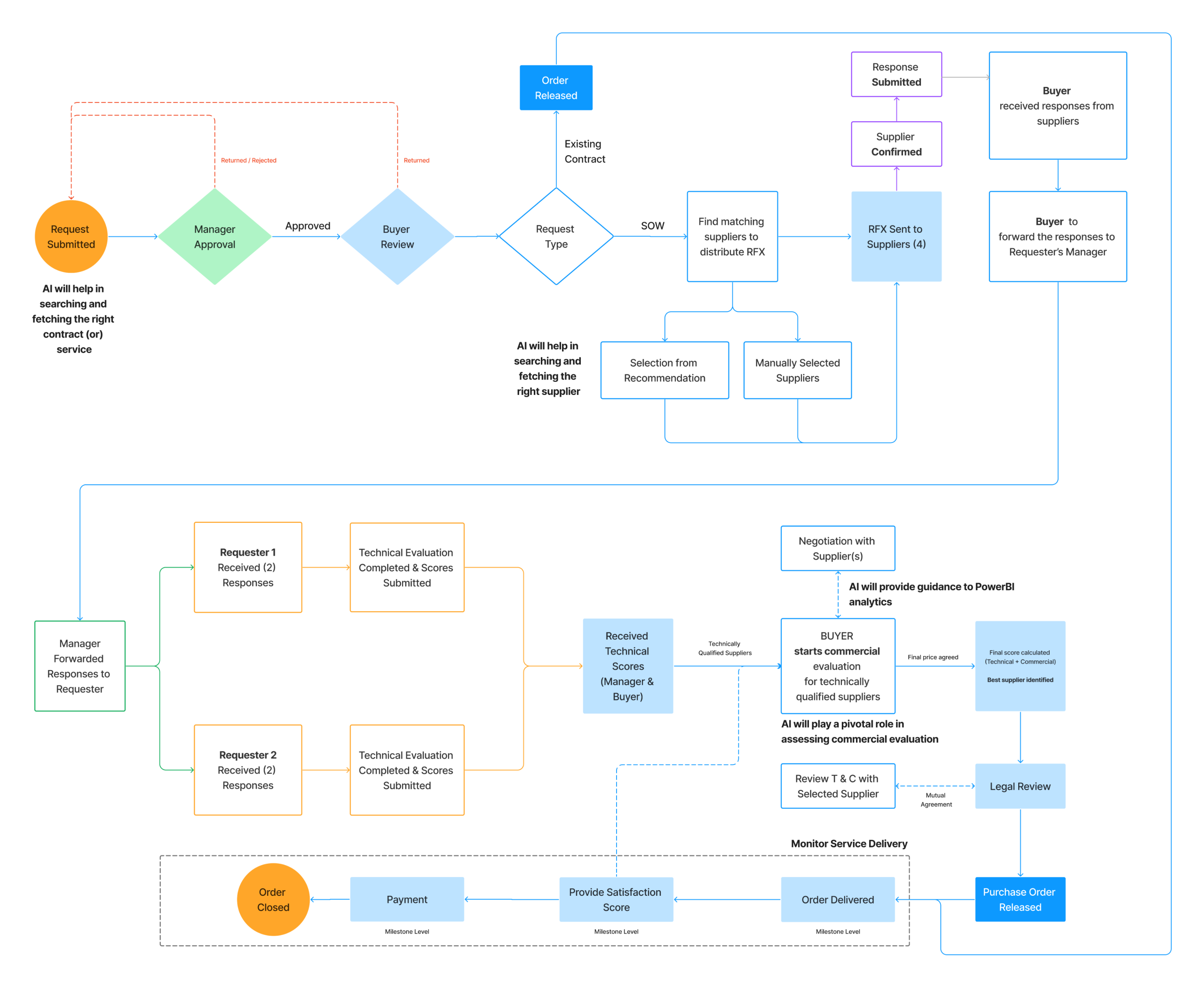
Persona Development
Based on research, I created personas representing key user groups, ensuring the design addressed their specific needs and goals.




Journey Map
I visualized the end-to-end procurement journey, highlighting moments of friction and opportunities for improvement.
Competitor Analysis
Reviewed similar procurement solutions to benchmark best practices and identify differentiators for our portal.
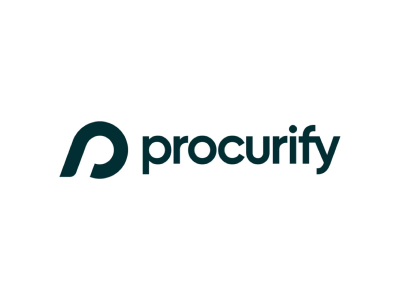
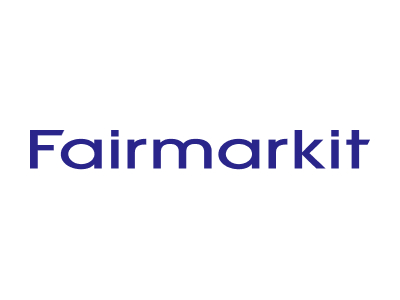
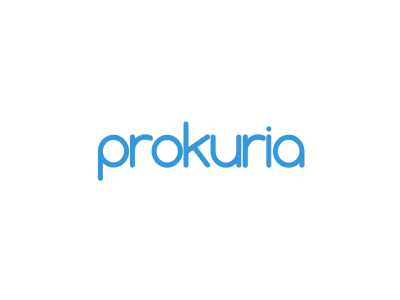
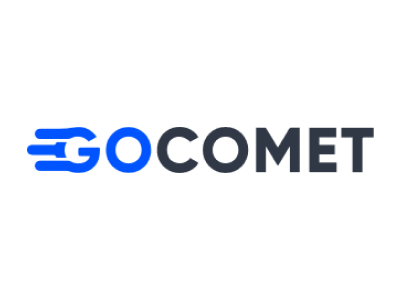
User Scenarios
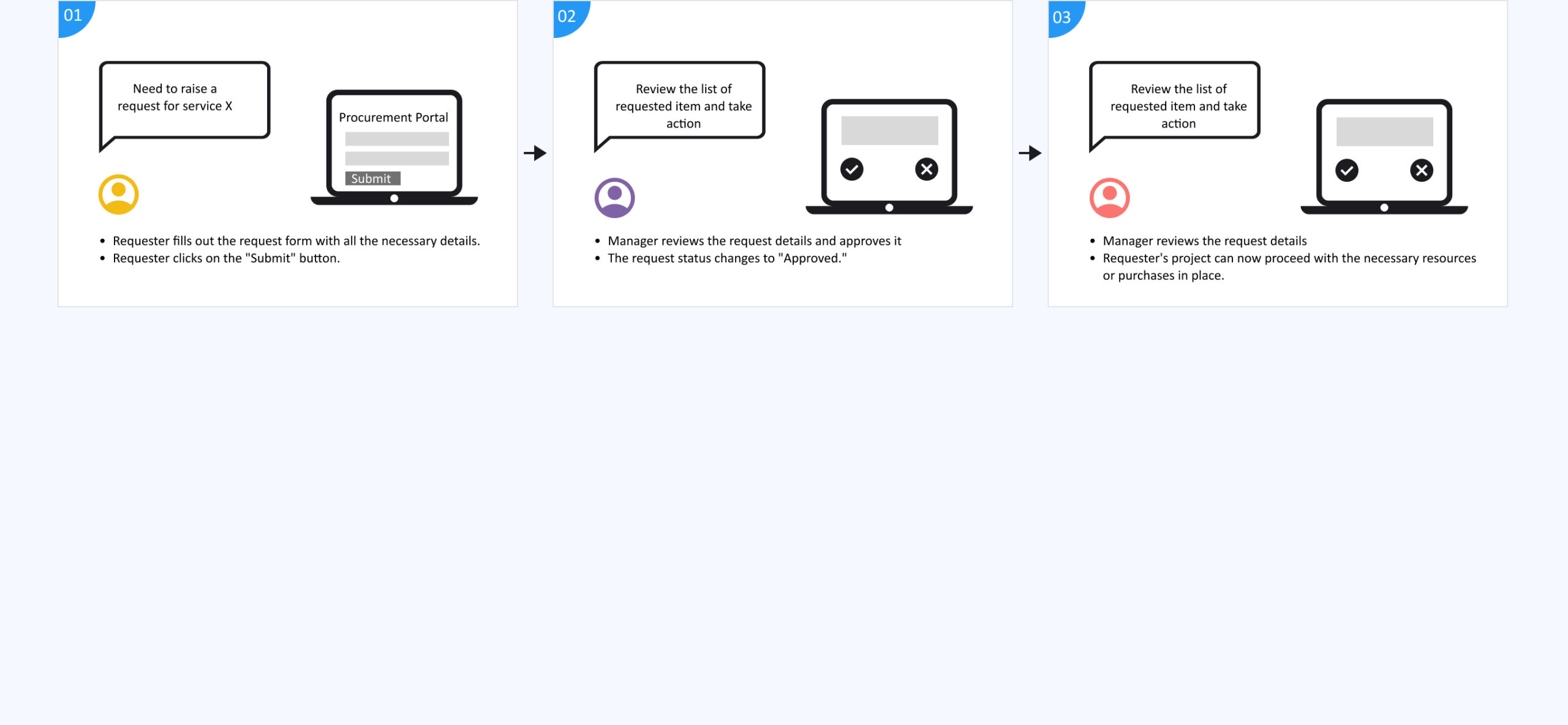
Create Service Request
In this workflow, a requester initiates a new request, which can either pertain to an existing contract or be a completely new request. The request is then subject to a review process by a manager, who has the authority to approve it. Once the manager approves the request, it proceeds to the buyer, who has the responsibility to either release or purchase the order accordingly.

Buyer to release the RFX to vendor
Once a purchase request has been approved by my manager, the buyer is responsible for sending out the RFX to multiple vendors. The vendors will then provide their responses, taking into consideration factors such as pricing and alignment with client’s requirements. Subsequently, the buyer will evaluate the responses and select the most suitable vendor, to whom a release order will be issued.

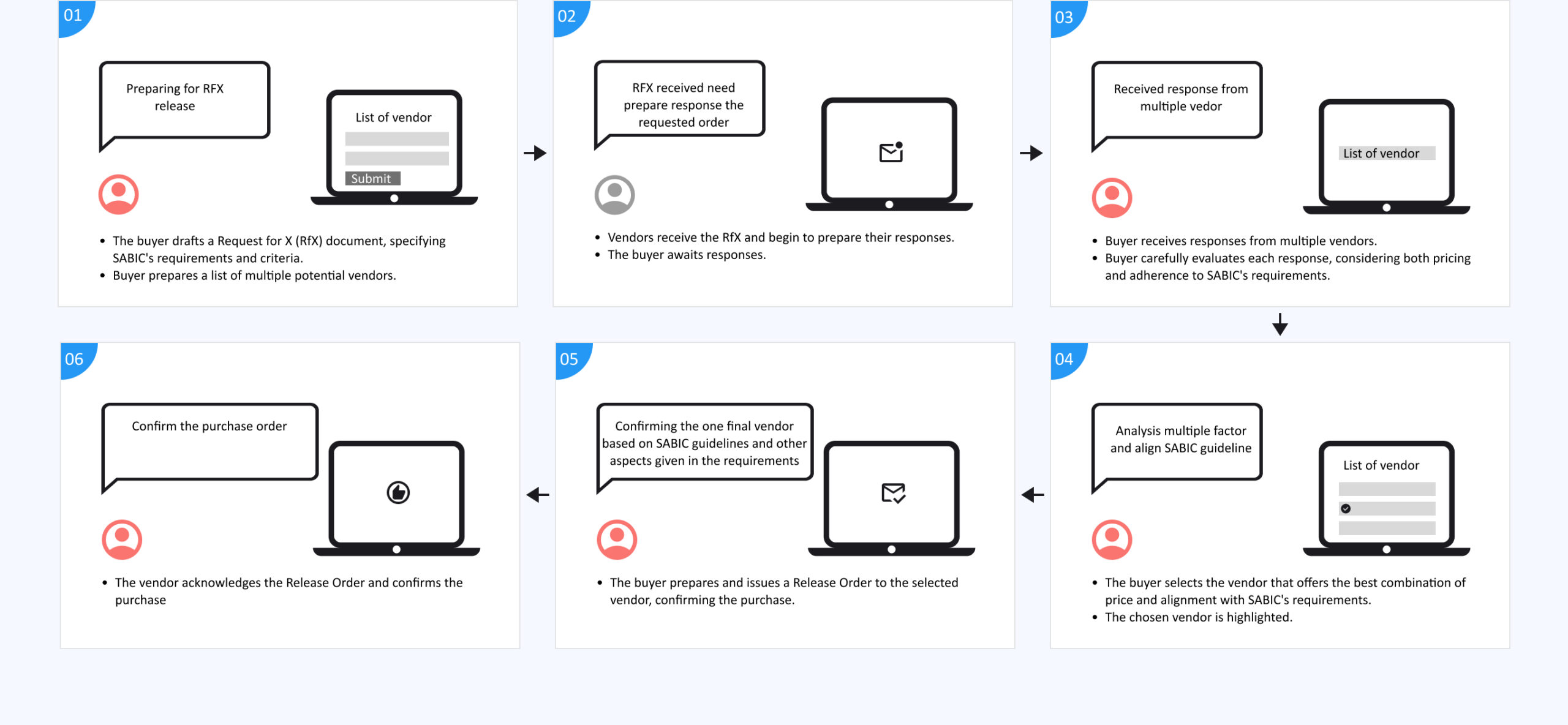
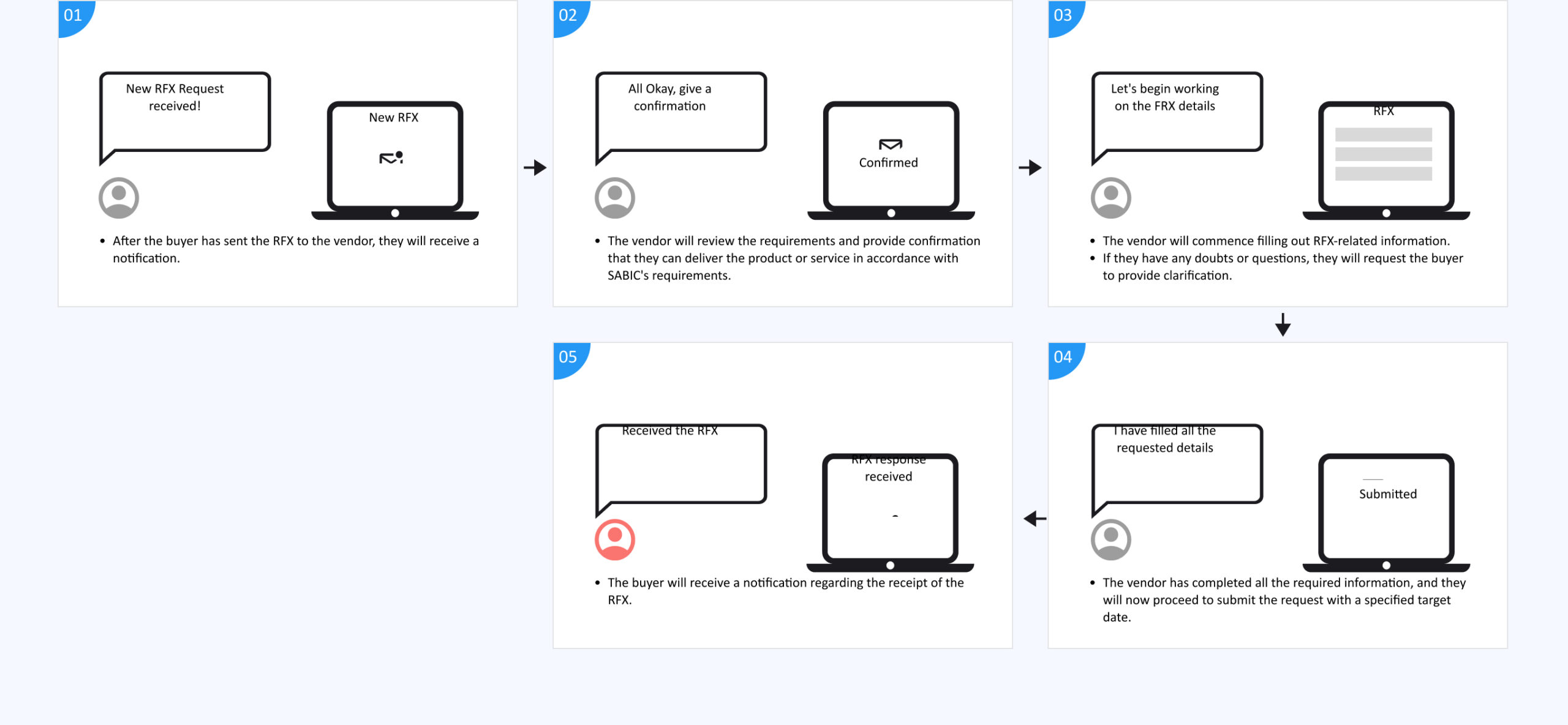
Vendor response to RFX
After the buyer sends an RFX to the vendor, the vendor receives a notification. Initially, the vendor needs to confirm their capability to deliver the requested service or product. Once the confirmation is received, the vendor will commence work on the client request within the RFX. Upon completing the necessary details, the vendor will then return the RFX to the buyer for evaluation.

Information Architecture
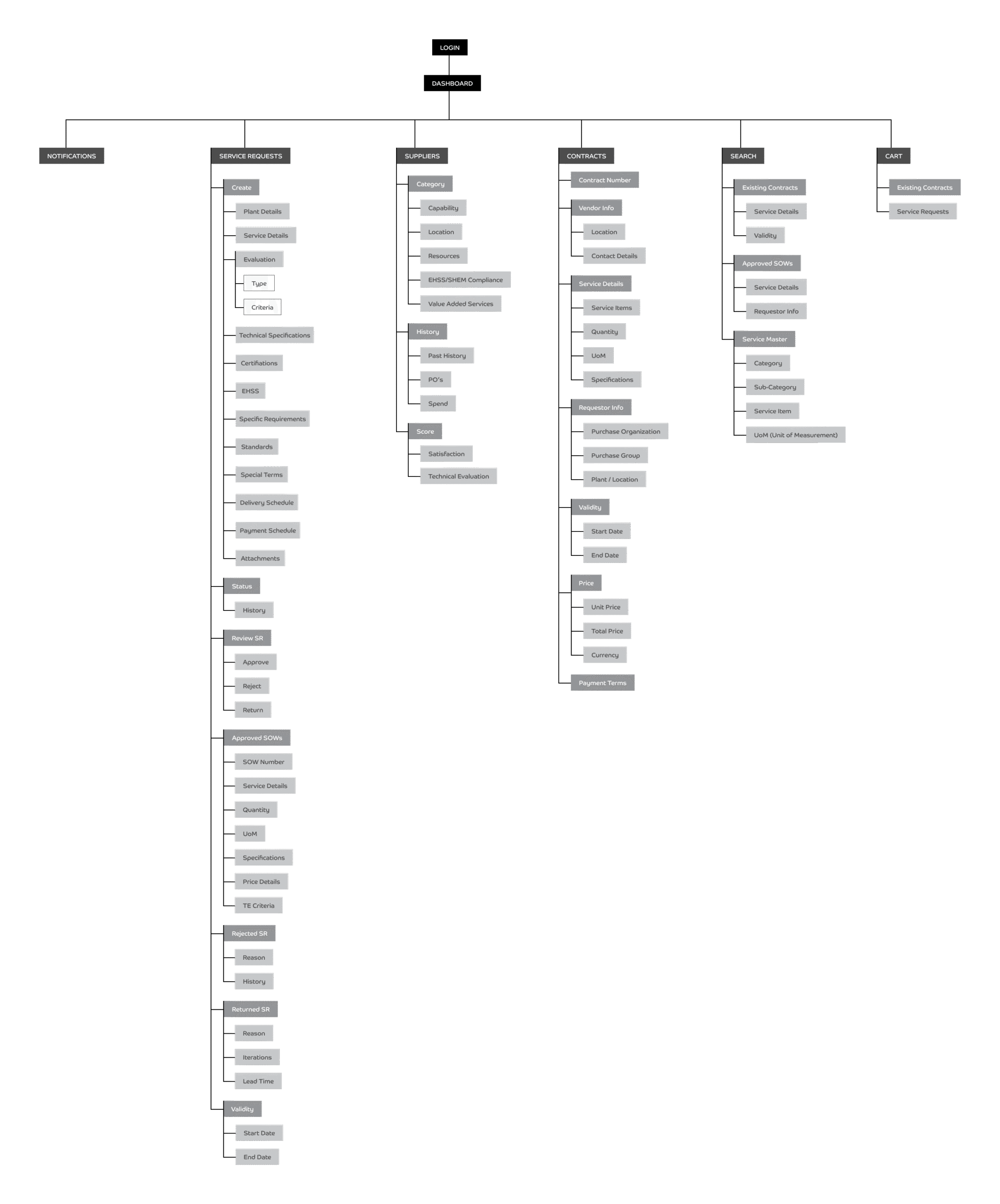
Market research
Industry Analysis
Researched how leading organizations manage procurement, focusing on digital transformation, sustainability, and AI integration. Identified that many companies were moving towards e-procurement platforms to improve efficiency and transparency.
Bidding & Negotiation Practices
Studied various bidding processes (open, reverse auctions) and negotiation strategies to understand how competitive offers are solicited and evaluated. This helped us design features that support clear specifications, evaluation criteria, and effective supplier negotiations.
Current Challenges
Analyzed common challenges in procurement, such as supply chain disruptions, regulatory compliance, and supplier risk management. These insights guided us to prioritize features that address visibility, compliance, and risk mitigation.
Opportunities Identified
Discovered opportunities for cost optimization, global sourcing, and improved supplier relationships through digital tools. This reinforced our focus on centralized data, automated workflows, and real-time analytics.
Competitor Benchmarking
Reviewed existing procurement solutions to benchmark UX strategies, process flows, and dashboard designs. This ensured our portal was competitive and user-friendly.
Wireframes
Final Designs
KPI Dashboard
A KPI dashboard displays key performance indicators in interactive charts and graphs, allowing for quick, organized review and analysis. Transforms massive data sets from the vicinity into data-driven decisions that can make their life easy.
- Discover changes or issues at scale
- Jump directly to the section that requires focus
- Realtime visibility
- Increased collaboration
- Unearth upcoming requirement
Cart
To submit a service request, the user must first select their needs and then include any additional information and attachments. This user may need additional time to enter all necessary information. The user can add more details to the request that is currently in the cart.
The request will remain in the cart until it has been submitted.
Service Request
Service Request Management provides a centralised platform for managing all incoming and outgoing service requests. Allows for better organization, prioritization, and allocation of resources within the procurement team. Businesses can ensure that each request is properly addressed in a timely manner, leading to improved customer satisfaction and overall efficiency.
- Get to know the current status of the request
- Immediate attention on urgent requirements
- Collaboration between cross-functional teams
- Better data management and analysis
- Captures user needs, trends, and satisfaction levels
Technical Evaluation
When the vendor responds to the RFX, the user has to perform a technical evaluation and submit the technical eligibility and the score. There should not any bias in this evaluation.
Vendors are rated as pass/fail, responsive/non-responsive or comply/non-comply. This process requires collaboration with various departments and multiple levels of reassignment, approval, and communication.
- Better data management and analysis
- Increased collaboration
- Collaboration between cross-functional teams
- Better data management and analysis
Commercial Evaluation
Commercial Evaluation is the vendor selection procedure for a particular request / requriement. This is a comparison of the bidders’ costs and commercially relevant items. Price per unit, total price, price per category, etc., are used as evaluation criteria.,
It is essential that bids are evaluated carefully and compared to similar bids, frameworks, or competitors, to ensure they provide the best deals and practices.
It also gives you the insignts to negotiate on the price and other terms.
Negotiation
Commercial Negotiation is a interaction between two or more parties to reach an agreement on pricing, payment, delivery, and timeline.
To obtain the best deals from the vendor, commercial negotiation requires planning, reviewing, analysis, and other activities. Buyer to look at past contracts and purchases to identify where they could streamline costs and save money, as well as to get a sense of a fair market rate. Other elements of the agreement, such as the production or delivery schedule, must be taken into account as well.
Negotiations often feature a series of intense discussions to secure a mutually beneficial agreement.
- Reduce the cost of acquisition by achieving a lower price
- Achieve added value such as reduced lead or cycle times
- Achieve optimum quality through reducing defects
Identified Supplier
The procurement team will have a list of potential vendors who offer the requested goods or services. Integrating Artificial Intelligence in this phase of the procurement process can help you get the best possible list of suppliers from which to choose.
Sourcing suppliers is a little more involved than simply listing potential vendors that can provide what you need. Price shouldn’t be the only factor that qualifies a vendor for inclusion in the suppliers. When considering different vendors, vet suppliers for reputation, production capacity, communication, and quality. The cheapest option may ultimately end up costing you more in lost time and wasted resources.
- Artificial Intelligence Integration
- Overall performance score
- Order-wise quality score
- Localization
Monitor Service Delivery (01/02)
The vendor prepares and deliver the product or service to the company. Upon receipt of the order, the company should document that the order is delivered as well as double-check that the order was fulfilled accurately. Prepare a service entry sheet to record the order and contact the supplier promptly if anything is missed out or damaged.
- View ongoing orders & status
- Delivered / Not Delivered
- View upcoming milestones
- Order wise & Milestone wise quality score
Monitor Service Delivery (02/02)
Provide a rating for each delivered milestone, if any, and observe the overall performance rating for any ongoing order. This performance score will assist the procurement team in identifying and negotiating with the best suppliers to fulfil future orders.
- Performance Score can be viewable at:
- Milestone level
- Order level
- Overall score
Features Delivered
Contract Buying
- Recognize service requirements (Requestor)
- Raise Purchase Requisition (Requestor)
- Review of Purchase Request (Manager & Consultant)
- PR Release (Manager)
- PO issuance (Buyer)
SPOT Buying
- Recognize service requirements (Requestor)
- Create SoW (Requestor)
- Select Evaluation criteria (Commercial/Techno-Commercial evaluation)
- Raise Purchase Requisition (Requestor)
- Review of Purchase Request (Manager & Consultant)
- PR Release (Manager)
- Supplier Selection (Buyer)
- Float RFX (Buyer)
- Response against RFX (Supplier)
- Supplier evaluation (Requestor/ Buyer)
- Overall score calculation for each supplier
- Select eligible supplier (Buyer)
- Legal Evaluation (Legal)
- PO issuance (Buyer)
Impact & Results
- Process Efficiency: Reduced procurement request turnaround time by 40%.
- Error Reduction: Decreased manual errors in request handling by 60%
- User Satisfaction: Achieved a 4.7/5 average user satisfaction score in post-launch surveys.
- Visibility & Transparency: 90% of users reported improved visibility into request status.
- Compliance: Improved compliance rate for procurement processes from 75% to 98%.
- Cost Savings: Enabled cost savings of up to 15% through optimized vendor selection and negotiation.
- Adoption Rate: 95% adoption rate among procurement team members within the first month.
- Supplier Relationship: Increased supplier engagement and response rate by 30%,
- Decision-Making: Real-time KPI dashboard led to faster, data-driven decisions for management.
